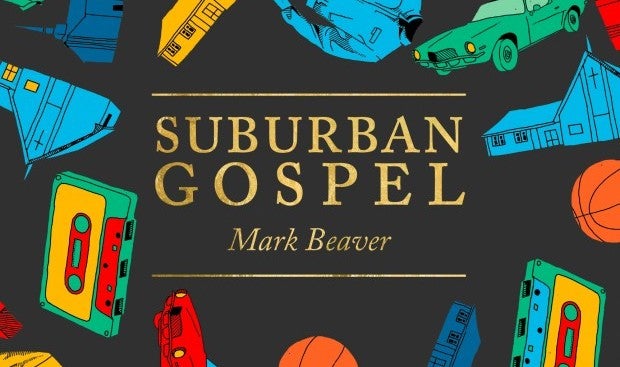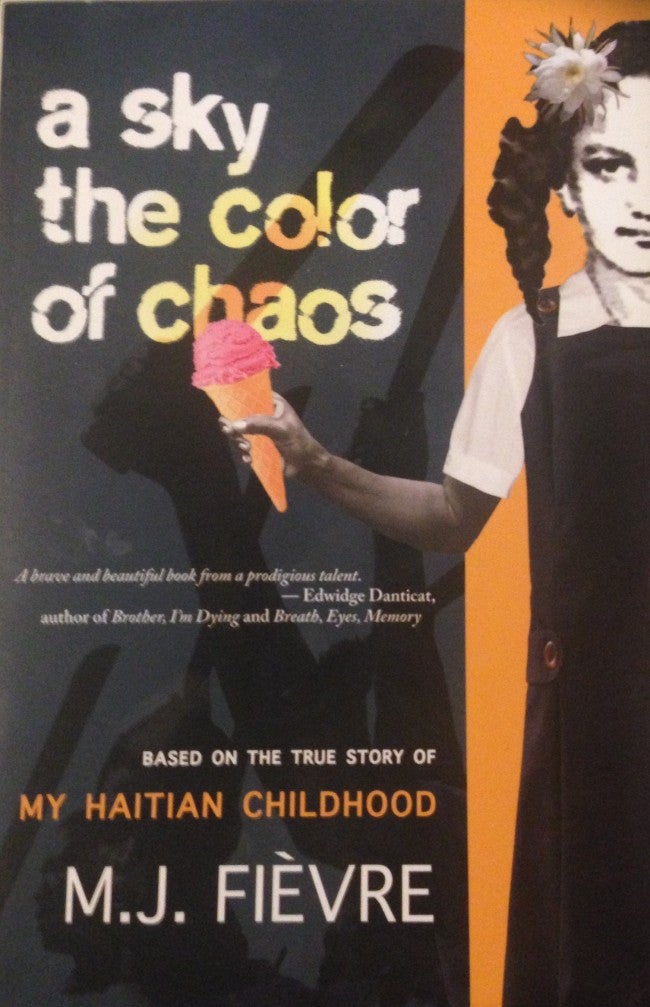On “The Red Parts: Autobiography of a Trial”: An Interview with Maggie Nelson
“Well, you do an autopsy on something that’s dead, and I’m not sure our fascination with death is dead. Nor could it ever be, I don’t think. Why wouldn’t we be fascinated with death? That said, the book isn’t about ‘death’ in the abstract as much as about one particular species, i.e. spectacularized violence against women, which presents its own issues.”
On “The Red Parts: Autobiography of a Trial”: An Interview with Maggie Nelson Read More »
“Well, you do an autopsy on something that’s dead, and I’m not sure our fascination with death is dead. Nor could it ever be, I don’t think. Why wouldn’t we be fascinated with death? That said, the book isn’t about ‘death’ in the abstract as much as about one particular species, i.e. spectacularized violence against women, which presents its own issues.”








